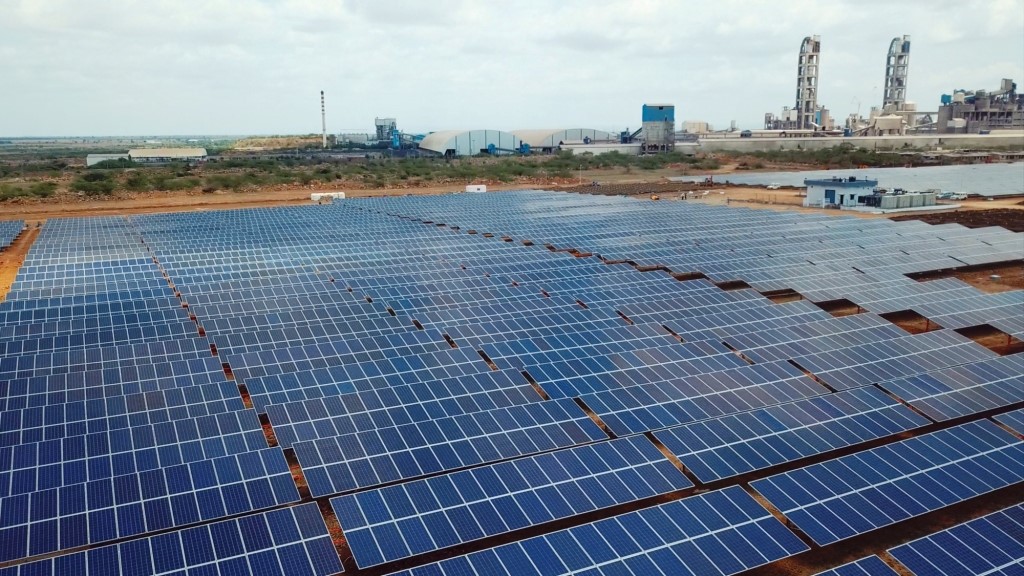Around 300 GW capacity still needs to be installed if India needs to attain its solar and wind target of 420 GW by 2030. Assuming a 40% share of the C&I segment in subsequent annual solar and wind installations, approximately an additional 120 GW of C&I RE capacity is required to be set up by 2030. This translates to US$89 billion worth of investments flowing into the sector between 2024 and 2030.
Subsequently, it will result in an annual carbon abatement of around “177 million tonnes” after 2030. Subsequently, a 70:30 “debt to equity” ratio translates into around US$62 billion of debt capital requirements in the same period. Hence, debt capital from multilateral entities, banks, non-banking finance companies (NBFCs), etc, will be critical for mobilizing adequate financing at favorable financing terms.
Few years ago, renewable energy (RE) in India was still in its infancy, and investors/banks were wary in allotting project funds, especially to riskier and unproven market segments of commercial and industrial (C&I) RE sector.
Concessional finance, first introduced to the C&I RE sector in 2016 through the World Bank-SBI credit line, has actuated widespread acceptance of the rooftop solar business model by investors. This is evident by the fact that the rooftop solar orders (in MW) under the two leading concessional lines from World Bank-SBI and Tata Capital-GCF have surpassed their declared targets by 45% and 60%, respectively. Cumulatively, these concessional lines have enabled a direct investment of more than US$650 million and 1.2 GW of rooftop solar capacity additions.
Concessional finance will likely no longer be available for C&I RE segment, given that credit lines from the World Bank and GCF are set to end in 2024. Simultaneously, some market stakeholders claim that concessional credit schemes will no longer be necessary, and organic growth driven by solid market mechanisms will be more suitable for all-around development. Instead, concessional financing will shift to riskier and still largely unexplored segments within “solar rooftop,” such as MSMEs and residential solar.
The financing market in the C&I RE sector in India is shifting to industry-wide tie-ups of financers, developers and suppliers that offer a one-stop solution under a single package. Some of the significant tie-ups that have been announced in the last couple of years include SIDBI (with Tata Power, Goldi Solar, Emmvee Solar, etc.), Aerem Solutions (with Spinkraft), Ecofy (with Tata Power, Waaree), Orb Energy (with SBI) etc.
Clubbing financing, supply, design, construction, and maintenance under a single package will greatly benefit small-scale consumers such as MSMEs, significantly reducing the paperwork hassle and turnaround time of the whole process.
Innovative financing mechanisms, such as credit guarantees and first-loss coverage, are imperative to fund MSMEs’ renewable energy adoption. Refinancing (often coupled with bridge financing) and blended finance will be other effective ways to reduce the cost of capital in the C&I RE market.
Refinancing will be especially critical for the emerging market segments of MSMEs, where consumers will employ self-equity or short-term bridge loans during project execution. After project commissioning and subsequent operation for a few months, the specific project or an entire portfolio of projects is refinanced, preferably through concessional financing.
The developers are also exploring blended finance, wherein the private capital is combined with development funding (public funds, grants, philanthropic capital) to offer a stable financing product at a low rate of interest for riskier sectors. After overcoming some of the regulatory and taxation challenges pertaining to blended finance deals in India, Fourth Partner Energy Ltd. secured one of the first blended finance loan deals in 2023 to finance 170 MWp of its RE assets.
For India to achieve its 2030 RE targets, all market sectors must grow in tandem. The C&I RE sector, which has encountered several challenges in the past, is now at a turning point, with indicators pointing to robust organic growth in the next decade. However, it is also crucial for the government to play its part in resolving any bottlenecks or regulatory inconsistencies and establish a favourable financing ecosystem for C&I RE development.
The views and opinions expressed in this article are the author’s own, and do not necessarily reflect those held by pv magazine.
This content is protected by copyright and may not be reused. If you want to cooperate with us and would like to reuse some of our content, please contact: editors@pv-magazine.com.








By submitting this form you agree to pv magazine using your data for the purposes of publishing your comment.
Your personal data will only be disclosed or otherwise transmitted to third parties for the purposes of spam filtering or if this is necessary for technical maintenance of the website. Any other transfer to third parties will not take place unless this is justified on the basis of applicable data protection regulations or if pv magazine is legally obliged to do so.
You may revoke this consent at any time with effect for the future, in which case your personal data will be deleted immediately. Otherwise, your data will be deleted if pv magazine has processed your request or the purpose of data storage is fulfilled.
Further information on data privacy can be found in our Data Protection Policy.